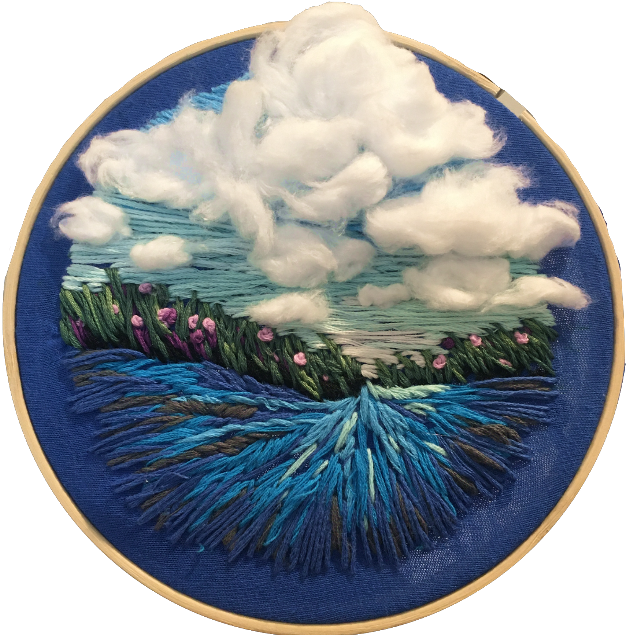As we live in a global pandemic, a new generation experiences the uncertainty of a new disease course and the emotional toll that this carries. I try to remember how ominous COVID-19 seemed in the first few months of the pandemic and how ominous it continues to be in the face of continued spread and widespread skepticism and distrust in both the scientific community and elected officials. Still, that understanding falls short of what it must have been to be a closeted gay or bisexual man discovering he was HIV positive in the mid-1980s – the height of the HIV/AIDS epidemic. I did not have this context when I first met Jay. I did not know about his HIV status, or sexuality, or his experience with chronic illness. When we first started talking, I encountered a sunny-dispositioned man who told me of the challenges of his upbringing, but emphasized that while his experiences shaped him, they did not take his joy. He didn’t “want to waste any energy being resentful.” He also told me of his military service, his work as a barber, and his partner whom he had met in a paper ad. At the time we met, pain in Jay’s feet had started to slow him down more recently, but in the past few years he walked 3 miles everyday and enjoyed cycling. When Jay shared with me that he was HIV positive, I realized that “active”, “joyful”, and “happily partnered” were sentiments I had not previously associated with a positive HIV status. In the early years following Jay’s diagnosis, he remained closeted save for a few close friends, did not pursue romantic relationships, and did not share his HIV status with those around him. Soon after his diagnosis, he moved to a rural area of North Carolina to work at the Nantahala Outdoor Center where he taught water sports and maintained the outdoor center. He lived there for 10 years, and looks back at this period of life as a time in which he felt strong and healthy. His CD4 counts rose during this time and by all accounts he was “healthy.” Eventually, he came out to his Outdoor Center family and they received him despite a less-than-accepting surrounding community. Now, Jay is older and laments the changes in his body that he has experienced as a result of aging and prolonged medical therapy. He is not as strong as he used to be, he feels frail. “This isn’t me.” He said, in reference to his physical appearance as well as to the frustration he maintains with his chronic pain and limited ability to be active or to travel. The last time Jay visited the Outdoor Center it was to honor the life of a friend who he had lost. Despite painful memories associated with the space, it remains an environment that he associates with rejuvenation, vitality, and peace. In thinking of how to best honor Jay in my Scopes piece, the significance of the water and the outdoor space was not lost on me. I chose to portray a body of water bending towards the horizon to try to capture the indefinite nature of Jay’s prognosis at the time of his diagnosis as well as the evolution of Jay’s identity over the last many decades. I chose to work with embroidery as my medium to consider the hundreds to thousands of times that patients with prolonged disease courses must seek medical care and continuously be poked and prodded by medical professionals. I felt that the repeated poking of the needle through the cloth touched on this experience.
About the Artist: Sydney Jeffs
For me, “creating” gives me a space both to express myself as well as a space in which to be mindful. The process of creating and diligently mastering a craft – whether it be making a new recipe or sketching a medical diagram, serves as a mindfulness practice. I have found that the awareness of self that comes from paying attention to my craft, on purpose and in the present moment, is meditative. In times of stress or worry, I often turn to creativity to root myself. SCOPES made a space for me to connect mindfulness and humanity to medicine.

